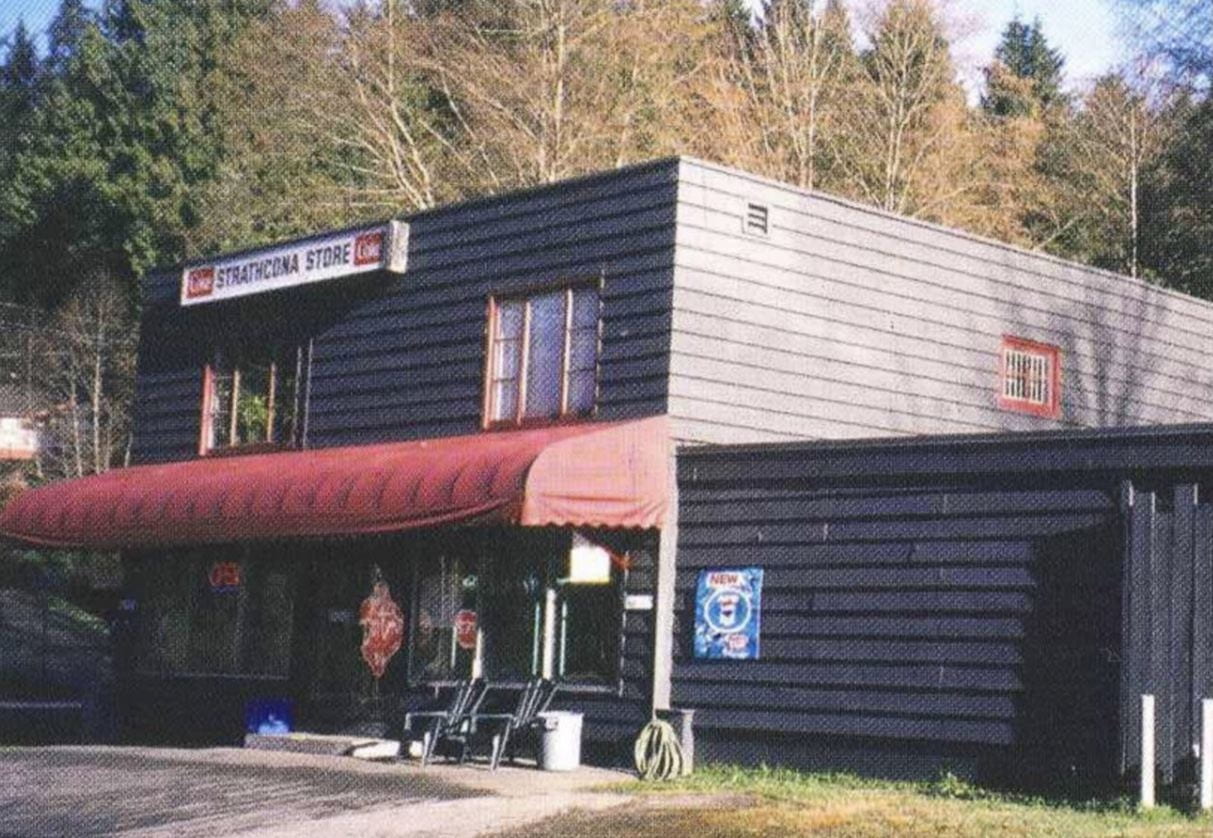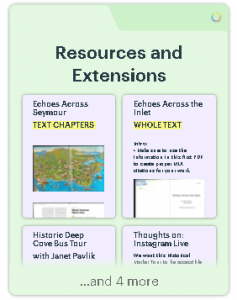In 1889, the first white settlers arrived in Deep Cove. After killing 40% of the first nations people off from their transmission of smallpox, the settlers began colonizing the area. This would lead to hundreds and hundreds of historical events occurring. All important to the history of deep cove, and all stories that should be preserved, recorded, and shared.
For my first ever project in my last year in high school, our humanities 12 class was given a very serious and important task. We were tasked with re-vamping the Deep Cove Heritage Society’s ‘Historical Walking Tour’. But we would not be able to complete this task without extensive research, not only on the history of deep cove, we would also have to study how to record history in a fair, proper, just, and truthful way.
One of the main focusses for this entire unit was to record and draw back to the 6 main ideas of historical thinking. These ideas are crucial in becoming a proper and accurate historian.
Now, before I get into the actual research that me and my class did, I would first like to give you a quick introduction on what the ‘Deep Cove Historical Walking Tour’ actually is.
First off, I recommend that you view the original walking tour pamphlet by clicking the link below.
The Deep Cove Historical Walking Tour is a walking tour across the entirety of deep cove that highlights specific locations that hold historical significance. When our class was first introduced to the walking tour, we thought it was really cool. It was encompassed by a pamphlet. In this pamphlet, there were sixteen stops. Each stop on the pamphlet was accompanied by a brief write-up that summarized the historical significance of that location.
Now, before I get into the actual creation of our own pamphlet. I would first like to introduce you to our learning that took place at the very beginning.
So, first off. As a class we brainstormed our ‘Need to Knows’. When coming up with our need to knows, we discussed things about our upcoming project that we thought we would need to include. We also talked about questions we might have when entering this new unit. I felt like this first step would be crucial in doing a good job on our final project. One of the main things I learned from this assignment was that it is always important to figure out how to go about going about the project before anything else.
Our next assignment would really help us understand what it means to record history, and how one should go about recording it in a proper way. This assignment would be called our “Historians Oath”. Our task was to write and justify two actions that we think were important in helping historians be accurate and effective in how they share what happened in a historical event.
The two strategies I wrote about in my response were Engagement and Accuracy. Engagement, because if your target audience isn’t engaged (listening) the information will be lost and will become completely useless. And Accuracy, because if you are not accurate with your information, you could be seen as untrustworthy. This misinformation could also cause conflict between different perspectives involved in your historical topic. The most memorable thing I learned from this assignment was that history is no joking matter. You cant just research a topic with unreliable sources and risk ruining your entire reputation as a recorder of history.
After completing our historians oath. We started to draw our attention to the actual task that we were set to complete by early October.
We were tasked with creating a mind map, one that pretty much encompassed the main things we would be covering in our final product. In my mind map I brainstormed off of the topics that Ms. Maxwell gave us to build off of; Things that need to be shared, what perspectives should we seek, how can we find/honor different perspectives, how can we share stories in our community.
You can view my completed mind map by clicking the link below.
Our Community Mind map – Lucas Koop
After completing our mind maps, we were assigned our historical locations that we would be studying. If you didn’t know this already, each person in our class will be assigned a historical location in deep cove that we would have to research. All of our research would then be compiled to create two main products. A physical paper pamphlet with all of the locations and information. And a google map online tour that would be completely digital, but contain the same amount, if not even more content then the physical pamphlet.
I ended up luckily being assigned the location that was right next to my house; the Gillis Homestead/Strathcona Corner Store.
When researching on my topic, I used four main sources. Echoes Across Seymour by Janet Pavlik, Echoes Across the Inlet by Dawn Sparks, deepcoveheritage.com, and Wikipedia.
Now. Enough about all of this research, I think its time for the part you have all been waiting for. The actual walking tour!
After being assigned my location, we were given specific things to work on. We were required to create a 100 word write up summarizing the history of our specific location with a included-historical photo, and we were required to create some sort of digital enhancement. We could chose A graphic, animation, mind map, video or any other type of creative way of enhancing our historical marker. Because of my background in filmmaking, I decided to create a really cool documentary style one minute long video with a voiceover. I thought mine turned out fantastic.
I was really interested in my location years before I even went to high school. Learning about the corner store from my parents at age 10 fascinated me. I wondered what it looked like outside and in. Finally, in this project. I was able to do that.
You can view my fully completed pamphlet submission by clicking the link below. I also have linked my digital enhancement, and my voice recording were were required to include in our submissions for the google map portion of the project.
Pamphlet:
Digital Enhancement:
Audio Clip:
https://soundcloud.com/lucaskoop/voice-recording-1/s-XSDgnoRtnk5
I would like to give a quick thanks to our teacher Ms. Maxwell for assigning us this project. I thought it was really clever how she integrated learning about our community with actual study of history and recording of such. I would also like to give a shoutout to the students who ended up pulling off this project magnificently. I am proud to be in a class with you all.
Anyways, I hope you enjoyed this blog post. and I hope to see you in the next one!
Also don’t forget to check our our final product below!




